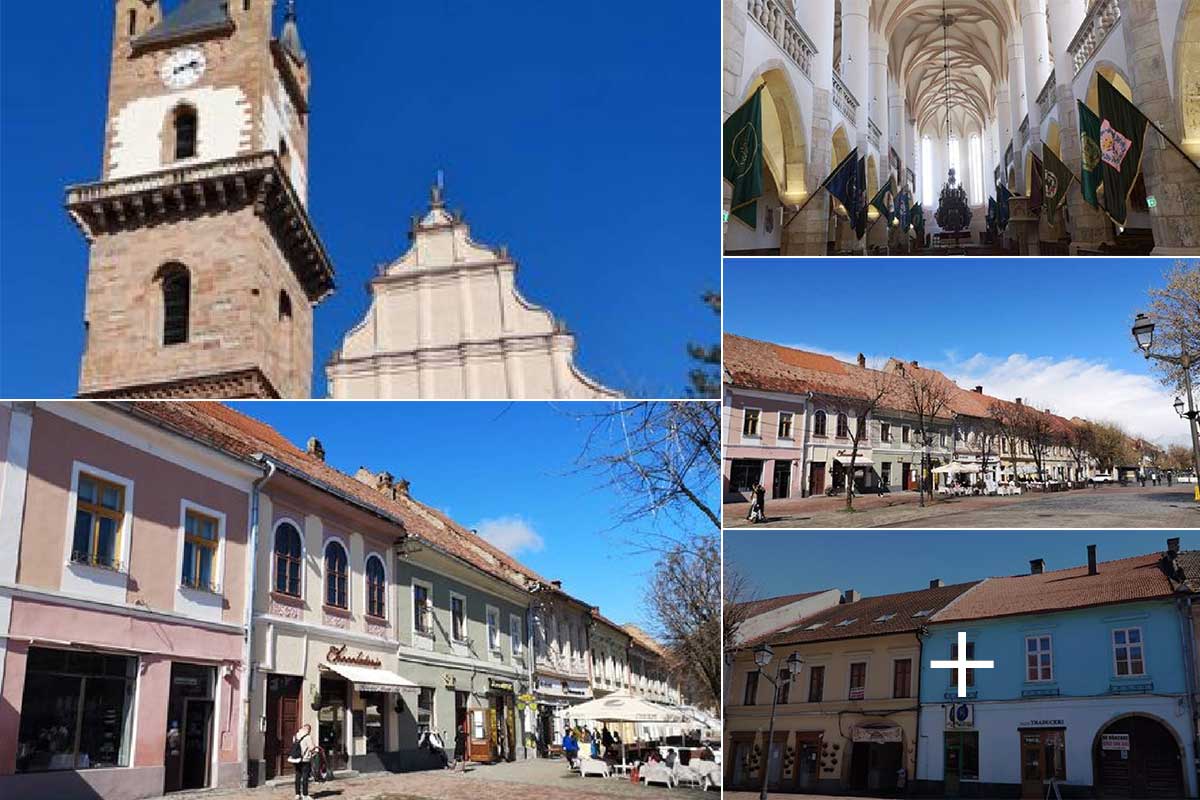Colibița pescărească is a stylish and elegant hotel, 24 standard double rooms, 16 premium double rooms, four (4) apartments and a restaurant with varied menus, located on the shore of Colibița lake in Bistrița – N as hearing district. (located in the north of Romania).
The hut is located in the Bistrița valley between Bargau and Călimani mountains at an altitude of 900 meters. It belongs to the commune of Bistrița Băgăului and is limited only by the surrounding mountains.
County: Bistrița Năsăud
Website: fishermans.eu
Images: red_frog
![]()
More Information
Diverse recreational opportunities for nature lovers are available: excursions, hiking (Tăul Zânelor, Borcut mineral water spring, mountain trails to Castel Dracula in Pasul Tihuța or Vf. Bistricioru), mountain biking, mountaineering, fishing, kayaking, sledding in winter and more… Spend a beautiful and relaxing time with your friends or family here.
Our UiR database: You can also visit and explore this nearby...Zur Suchfunktion!



































